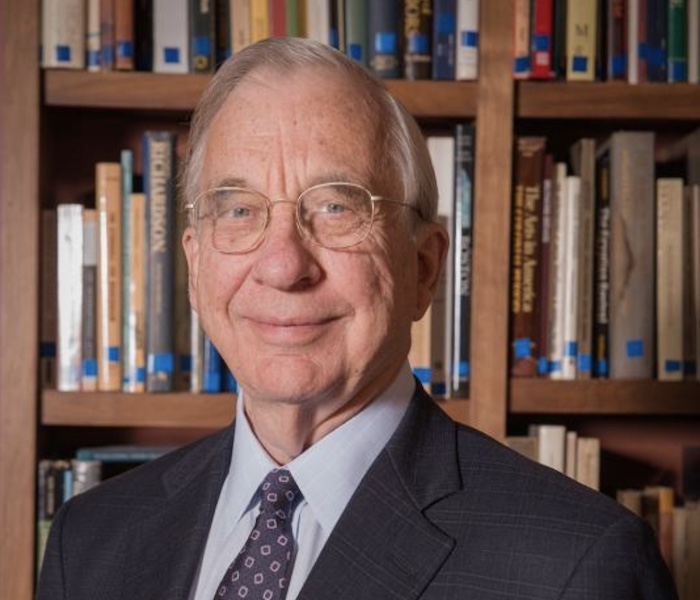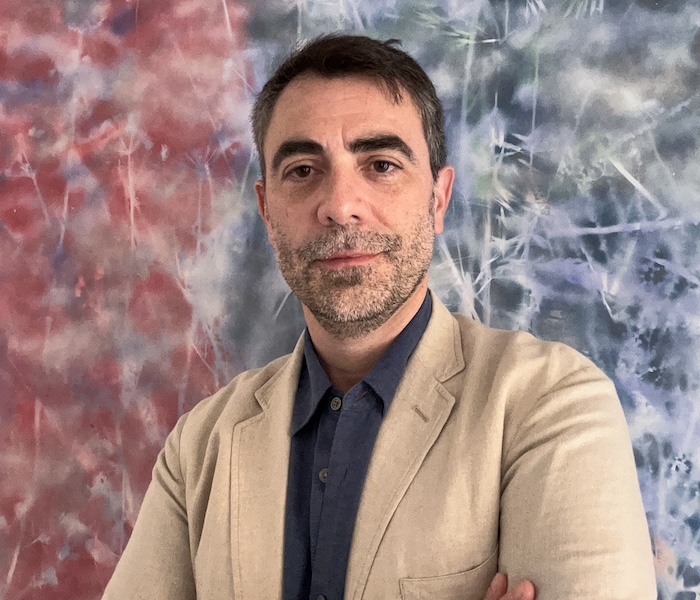Lilia Topouzova
On Unsilencing: The History and Legacy of the Bulgarian Gulag

.jpg)
Peter Lamont
On Radical Thinking: How to See the Bigger Picture

Meirav Jones
On England’s Israel and the Foundations of Modern Political Thought

Jordan B. Smith
On The Invention of Rum: Creating the Quintessential Atlantic Commodity

Theodore E. Stebbins Jr.
On Rethinking American Art: Collectors, Critics, and the Changing Canon

Stefan Kölsch
On Good Vibrations: Unlocking the Healing Power of Music

Nicholas Fox Weber
On The Art of Tennis
.jpg)
Heather Hendershot
On Robert Altman’s Nashville
.png)
Edward Berenson
On Perfect Communities: Levitt, Levittown, and the Dream of White Suburbia

Aditi Sahasrabuddhe
On Bankers' Trust: How Social Relations Avert Global Financial Collapse
.jpg)
Vanessa Warne
On By Touch Alone: Blindness and Reading in Nineteenth-Century Culture
.jpg)
Larry Bennett
On Reclaiming Modernity: Essays on a Paradoxical Nostalgia

Valerie Steele
On Dress, Dreams, and Desire: A History of Fashion and Psychoanalysis
.jpeg)
Felice Frankel
On Phenomenal Moments: Revealing the Hidden Science Around Us

Santiago Zabala
On Signs from the Future: A Philosophy of Warnings
%20(1)%20(1).jpg)
Steven Henry Madoff
On Unseparate: Modernism, Interdisciplinary Art, and Network Aesthetics
